I think it’s no secret that Film Washi’s Washi S sound recording film is probably my all time favorite black and white film in 35mm format. As much as I love Washi S, I have to admit that I’ve tried very few of Film Washi’s offerings. I’ve long been curious about Washi F, the fluorographic X-ray film.
I’ve seen a few photos online shot with Washi F (ISO 100) that seemed to vary wildly in their visual qualities and characteristics and I wondered what my results with it might be like? Turns out that after shooting a roll of it I think understand why the results I saw online varied so much. It is a very eccentric film. It is very high contrast, but it’s light response curves don’t seem to be very linear. I don’t think I understand enough about films to try and explain it cogently though. Suffice it to say that everything I’ve shot with it looks like it was taken in 1900.
In this case, I thought I might try Washi F in 120 format so that I could use it in my 1920 6×6 Ica Icarette. My Icarette actually won’t accommodate a 120 film roll (although I hear that some will). Mine was designed to use 117 roll film which has the same film size as 120 but uses a narrower spool flange and a different spool end than 120. After very clumsily re-rolling a few rolls of 120 onto 620 spools (which fit well in the Icarette, at least in the non-winding side) I realized it was much easier to just snip the excess flange material off of 120 rolls.
It did take me a while to figure out why winding the film on became so difficult after several frames until I learned that 117 and 620 film spools are only made to take six frames of 6×6 images. Even so I still persist in trying to get 12 shots to a roll with the Ica even though I sometimes get scratches in the emulsion.
Ica was an early conglomerate of four German camera makers. Ica means something like ‘International Camera Company’ Ica cameras were marketed in Europe and the U.S. in 1926 Ica merged with three other manufacturers to form the company now known as Zeiss-Ikon.
The Ica is a lovely little gem of a camera, it’s surprisingly tiny and easy to hold and use. To be honest though, I’m not positive it dates from 1920, there’s a knowledgable fellow on the inter webs who has an Icarette very similar to mine but with a different shutter and lens (Icarettes came equipped with quite a wide variety of lenses and shutters available during their long production run from 1912-1925 and then 1926-1934 under the Zeiss Ikon name) and a very similar serial number to mine who now suspects his dates from 1918.
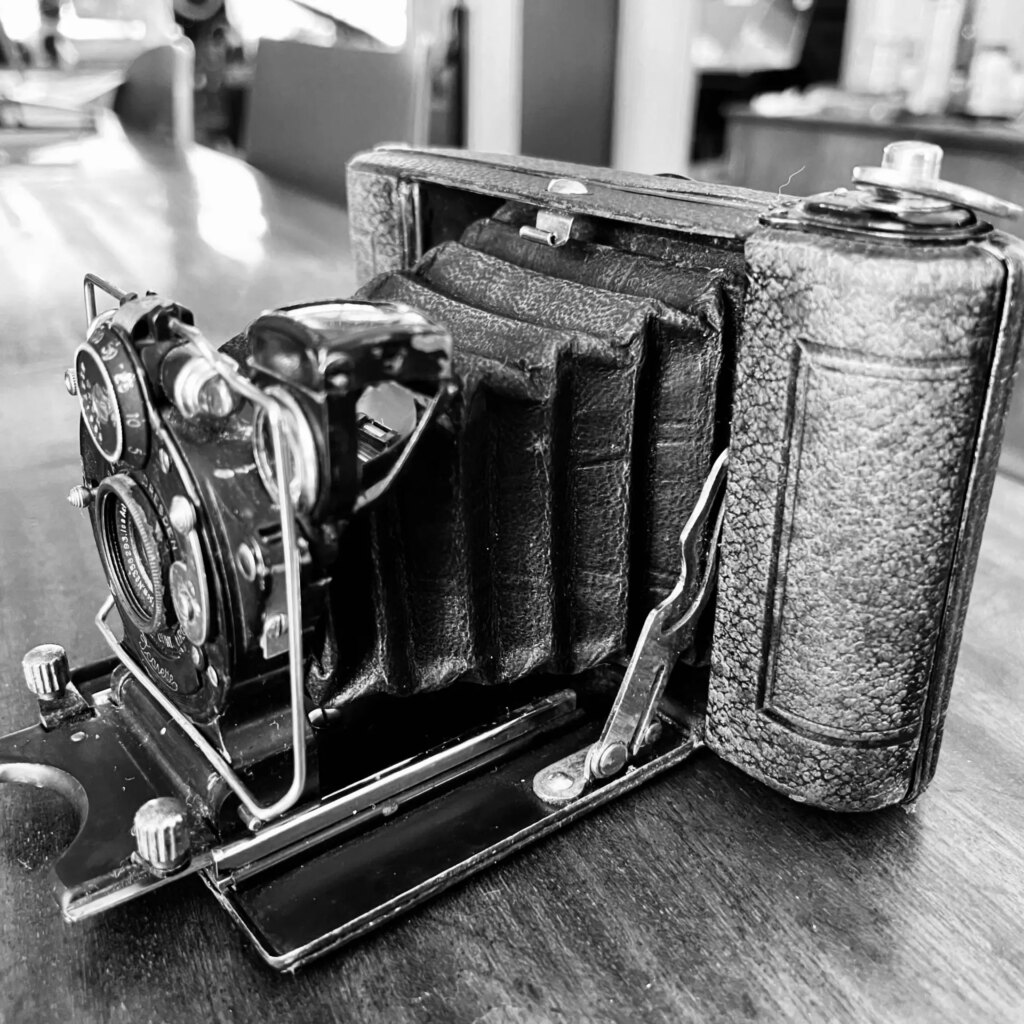
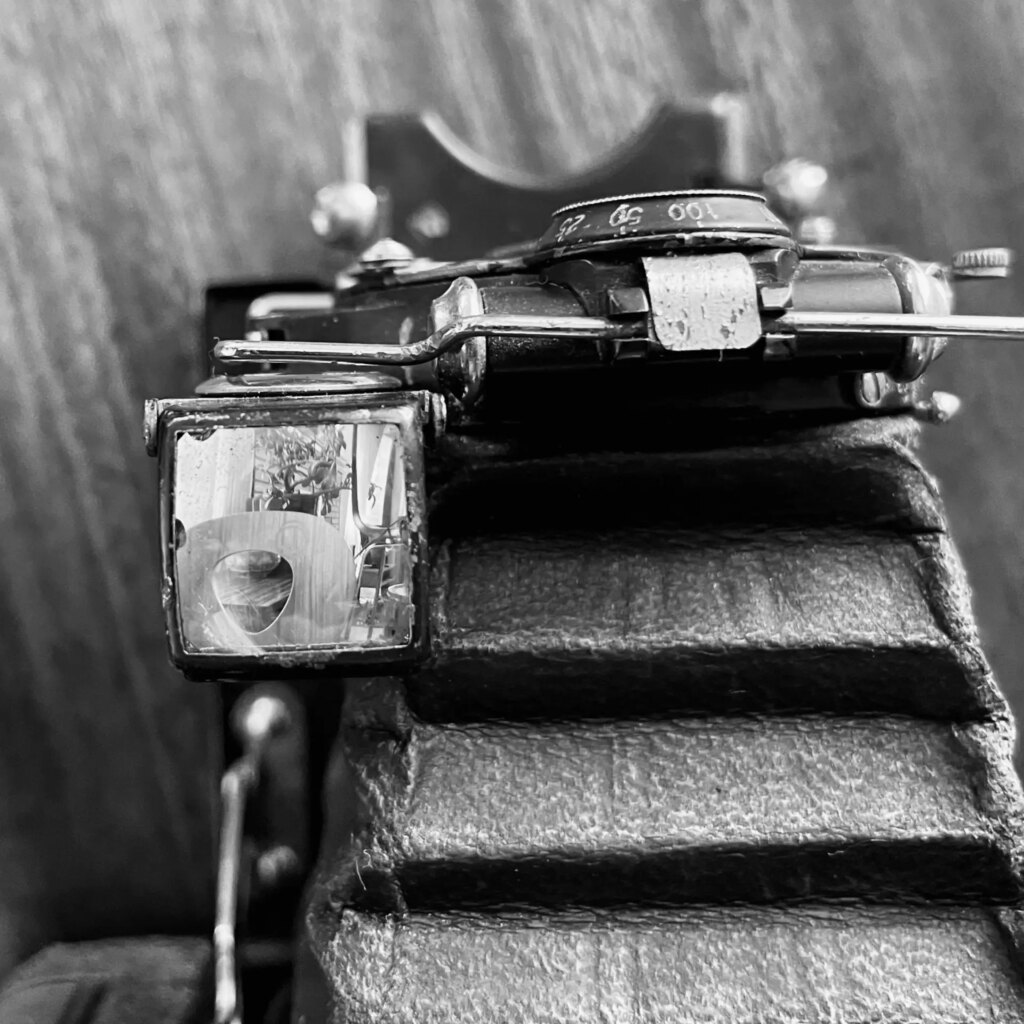
My Icarette is equipped with a 75mm f/6.8 four element Hekla Doppel Anastigmat uncoated lens and Compur 1/300th shutter. F stops are 6.8, 9, 12.5, 18 and 25 but are infinitely variable so it’s not difficult to extrapolate more modern f stops. Shutter speeds are 1 sec. 1/2, 1/5,th, 1/10th, 1/25th, 1/50th, 1/100th and 1/300th but only the two highest shutter speeds seem to be accurate. Rather than the lens moving to achieve focus the whole lens board and bellows is on rails and moves to set stops of 1, 2, 4, 8 meters and infinity, although focus is also variable between stops.
I was a little surprised to find that the bellows didn’t need to be repaired, I attribute this to them being made of actual leather as is the covering of the body.
This roll was developed in Artemisianol (my name for home made developer made from sagebrush) for my usual 15 minutes at 86° F and came out quite a bit overdeveloped. This was one of the very few films I’ve used that didn’t work well with my now standard Artemisianol process. I’ll definitely dial development time way back on my next roll of Washi F.
The shots below were all shot in my neighborhood in Reno Nevada on a walk to the local Fedex office.
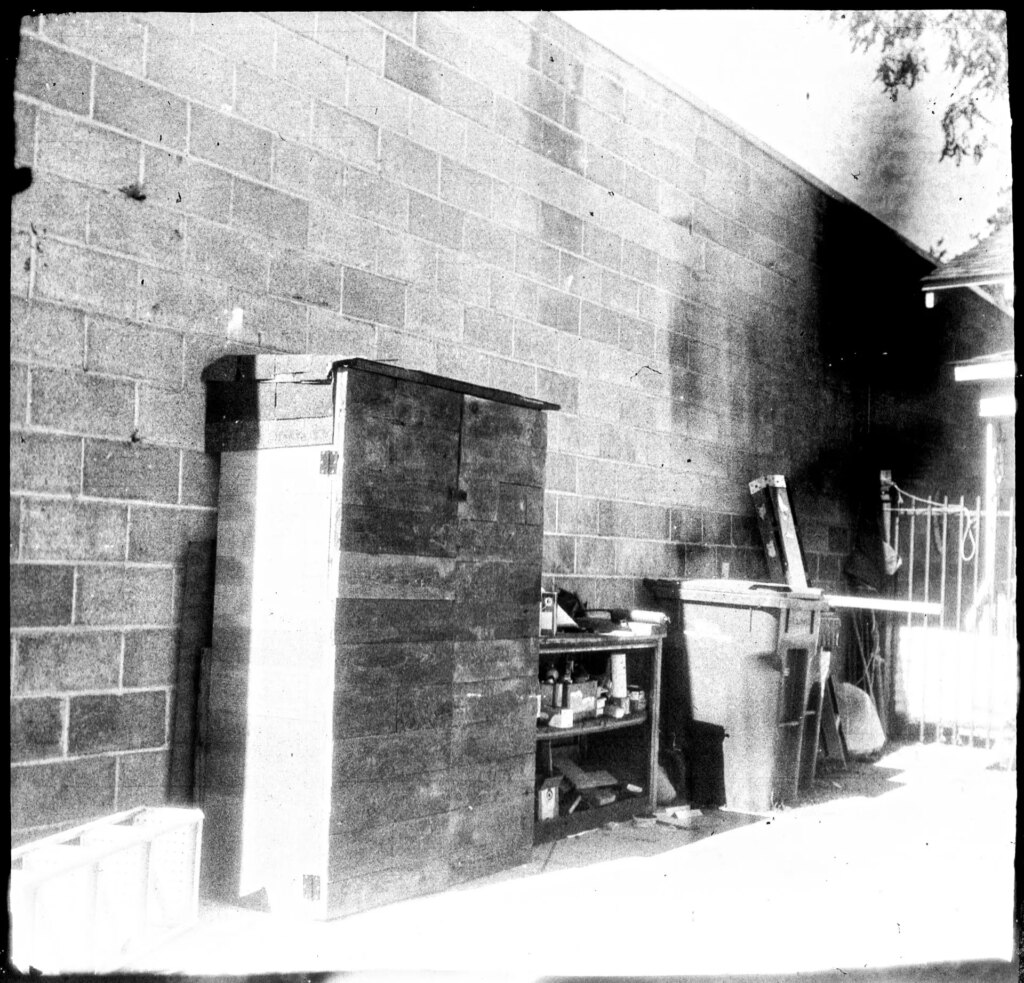
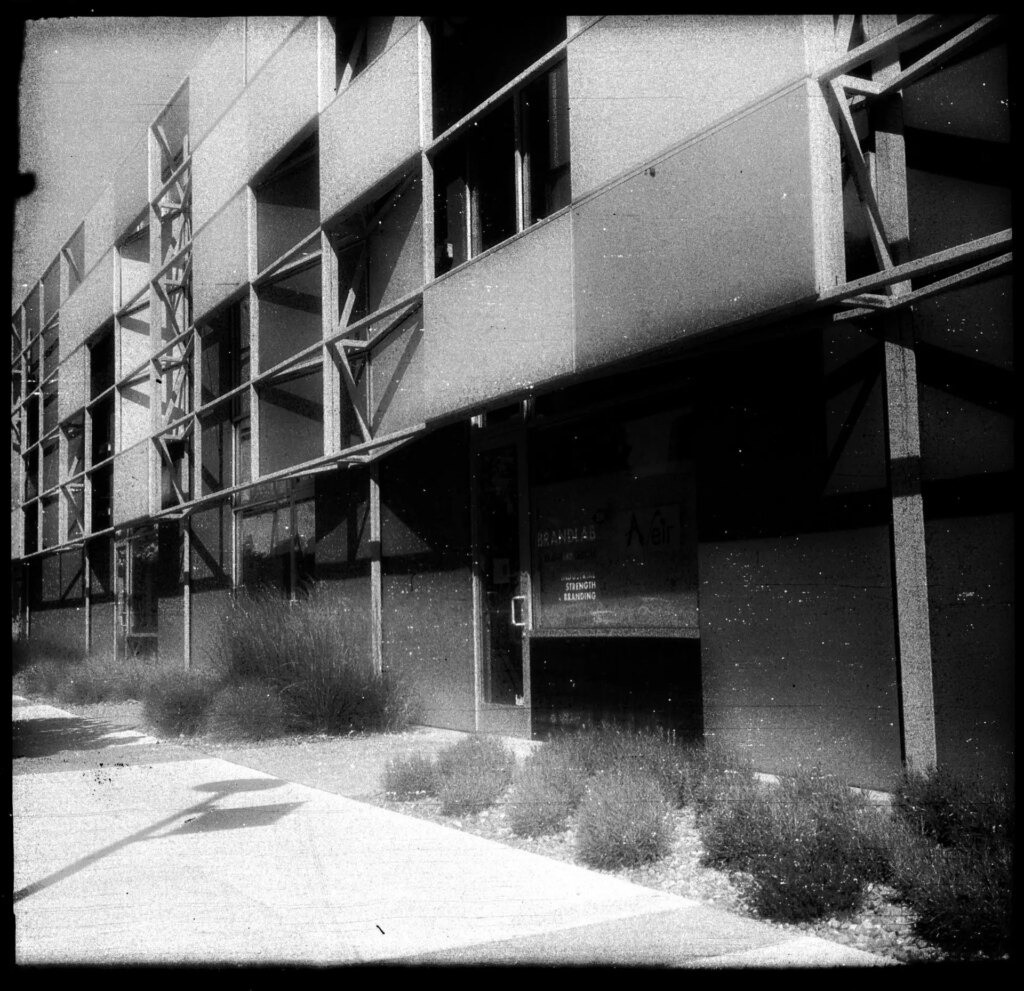
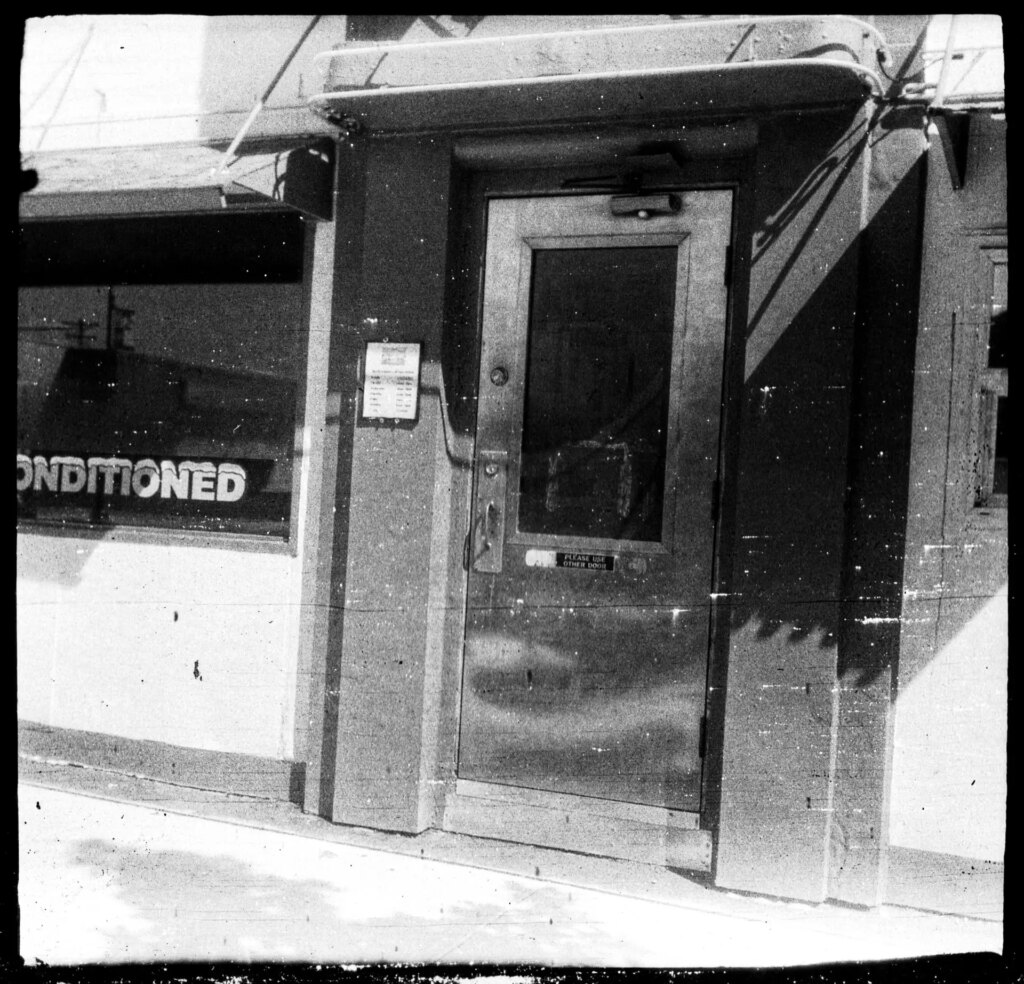
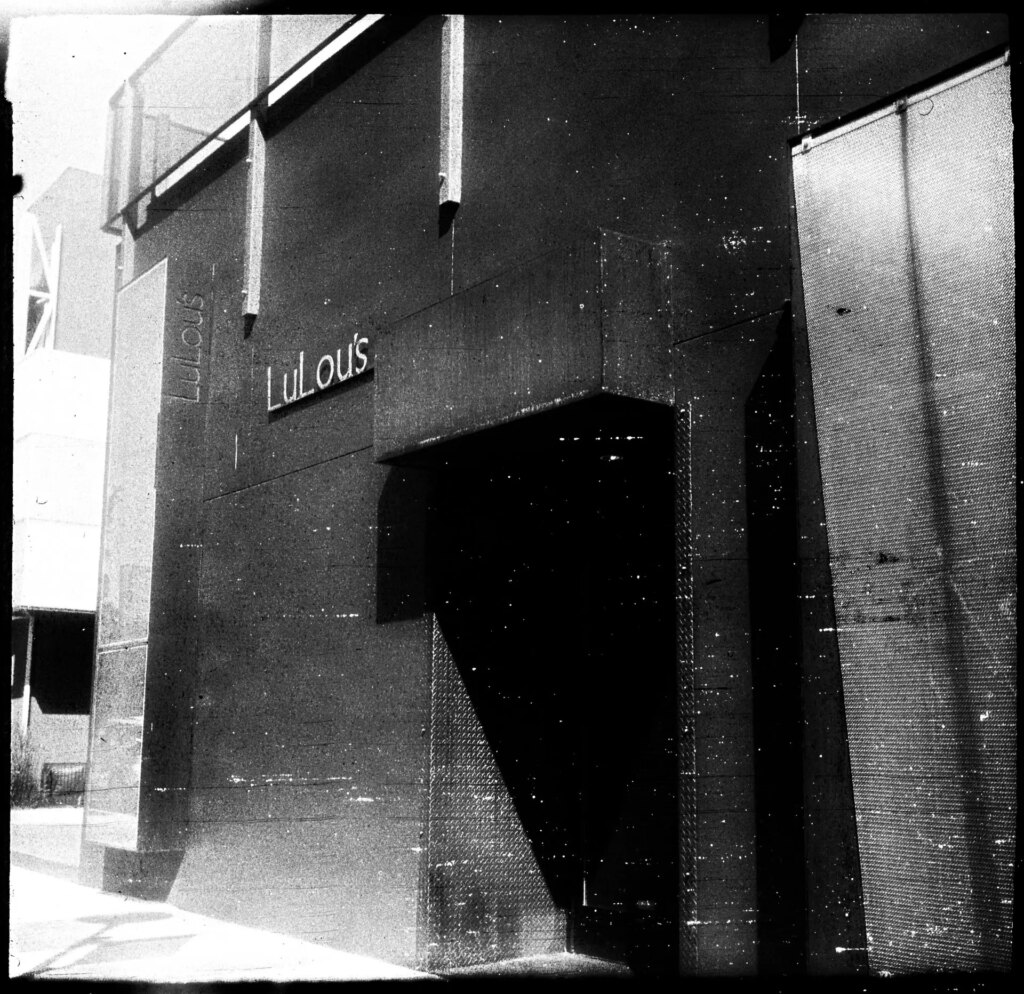
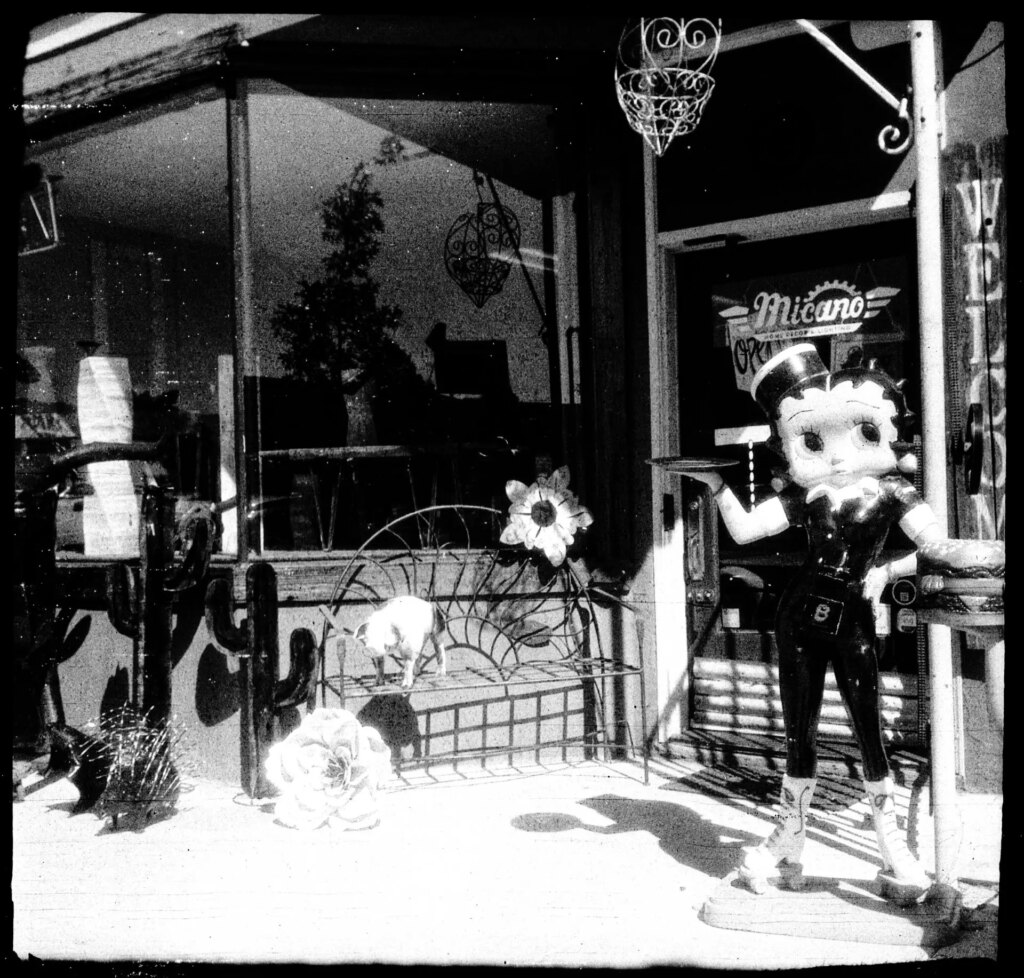
Usually I don’t do a lot of tweaking in post ,other than inversion of the negative course, but for a few of these I really pulled down the clarity slider in Lightroom, it adds an odd blur and enhances the already strong glow of this film. Not to everyone’s taste I’m sure, but I do like it for some high contrast images.
Light leaks and film scratches are not a plug-in but are the result of my ineptitude loading, winding (with too much film in it) and unloading the Ica.
Thanks for reading!
For more of this sort of thing, check my little blog The Daily Lumenbox.
Sonny Rosenberg is a semi retired Ceramics teacher who lives in Reno NV with his wife and three cats.
Share this post:
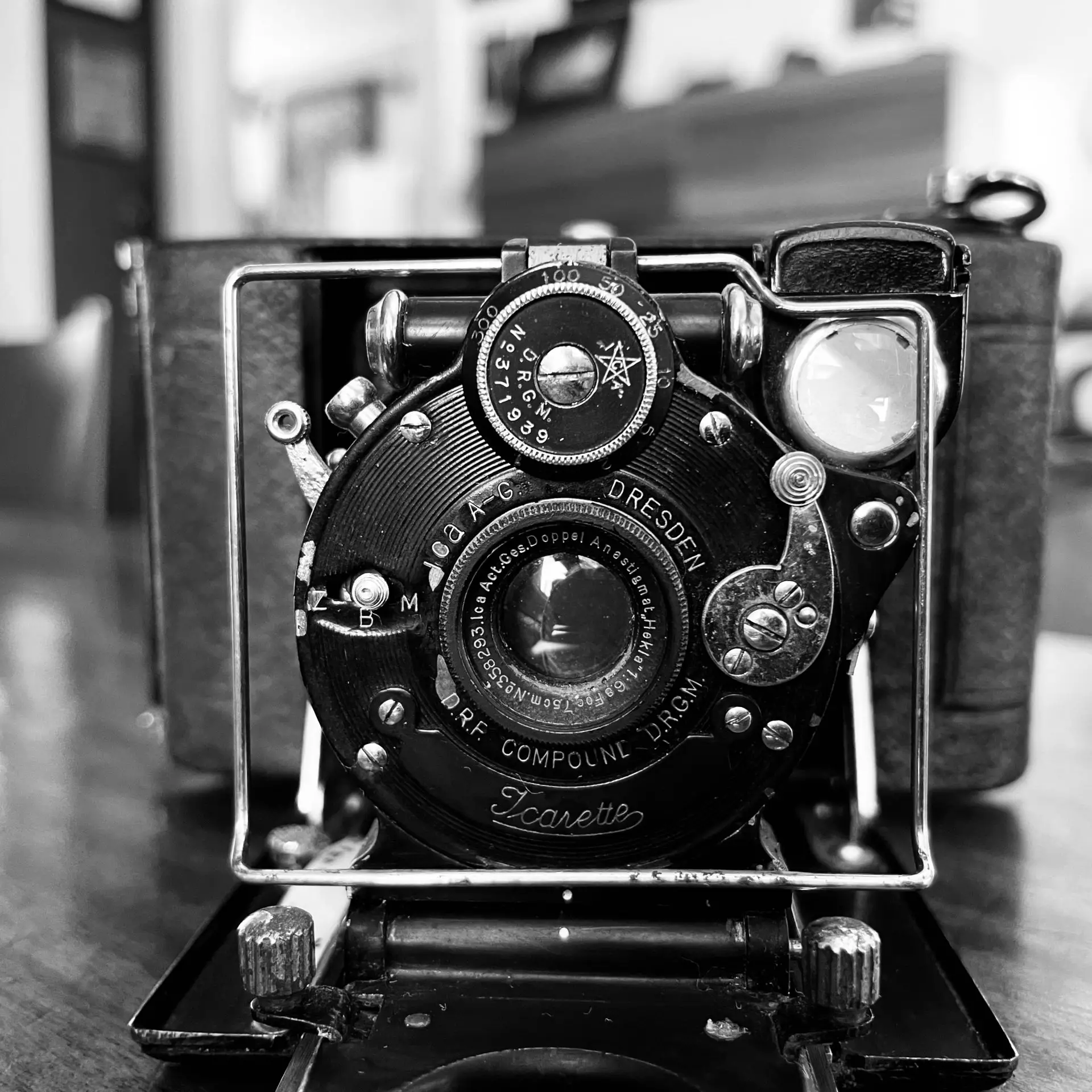








Comments
Louis A. Sousa on 5 Frames of Washi F with my 1920 Ica Icarette – by Sonny Rosenberg
Comment posted: 27/10/2022
Comment posted: 27/10/2022
Graham on 5 Frames of Washi F with my 1920 Ica Icarette – by Sonny Rosenberg
Comment posted: 30/10/2022
Comment posted: 30/10/2022
Graham on 5 Frames of Washi F with my 1920 Ica Icarette – by Sonny Rosenberg
Comment posted: 31/10/2022
Back then starting when I was about 10, I’d use Kodak Verricolor film which I think was orthochromatic. Then later Kodak Super XX which was a bit faster and panchromatic with a green backing paper. With panchromatic film I’d tape over the red counter widow except when winding on in the shade. I’d develop my films using 3 flat dishes and diluted powdered developer holding film by its ends moving it in a U shape up and down. A luminous alarm clock as a timer.
stop bath was a drop of acetic acid in water and hypo was mixed from crystals from the local chemist.
Then I’d contact print my cut negatives using a contact printing frame waved under a light bulb and develop in the same 3 trays but using contact paper developer. Some of my old prints have survived to this day
Comment posted: 31/10/2022
Graham on 5 Frames of Washi F with my 1920 Ica Icarette – by Sonny Rosenberg
Comment posted: 01/11/2022
I’m positive it took 6 images “postcard size” which I’ve just googled as 2, 1/2” inches X 4, 1/2” inches.
He took it to Antarctica when he was Admiral Richard Byrd’s wireless operator on his Barque City of New York for his 1930 returning voyage. ( 8 years before I was born ) Those photos lasted well and copies were digitised in 2018 by Canterbury Museum in Christchurch New Zealand for their Antarctica section.
Back then and when I started photography after WW2 local chemist’s pharmacies used to develop and contact films overnight. That was one reason for such large size roll film.
I’ve just googled that there was also a 12 exposure version of 116 by Ansco that I know nothing about.
Comment posted: 01/11/2022
Jeff Hicks on 5 Frames of Washi F with my 1920 Ica Icarette – by Sonny Rosenberg
Comment posted: 10/11/2022
Comment posted: 10/11/2022